For a long time, engines were difficult to handle and more difficult to repair within a limited time. Today, we have the In-situ crankshaft grinding technique that has changed how mechanics repair engines across industries. Benefits? This has the industry to quick downtime and lower expenses. Traditionally, engineers used to remove the entire engine for fixing the crankshaft. In situ grinding has replaced this.
The portable technology has made it possible to repair crankshafts on-site, saving time and money for businesses. Some of the world’s most essential industries, such as marine, manufacturing, and more, depend on this technique to keep engines running smoothly.
In this blog, we will discuss what in-situ crankshaft grinding is, when to use it, its advantages, and how it compares to traditional approaches. If you’re looking for a quick guide about in situ grinding, read this blog till the end, and we will explore if this method is right for your machinery needs.
What Is In-Situ Crankshaft Grinding?
In-situ crankshaft grinding is an engineering process that repairs crankshaft damage directly at the engine site. You don’t need to remove the crankshaft from the engine block. It uses specialised portable machines for precise grinding and polishing that help restore the original geometry and surface finish [according to the OEM standard].
Why choose this method? Because this eliminates the cost of dismantling and transportation, it offers quick and reliable repair solutions.
When Is In-Situ Crankshaft Grinding the Right Solution?
In-situ grinding is a faster technique, so you should use it in the following scene:
- When only one or a few crank pins are damaged.
- When you need a faster turnaround time.
- It’s ideal when engines are too large and expensive.
- When it’s logistically difficult to disassemble and transport the engine.
Here are some of the ideal situation examples:
- Ships at sea
- Power plants
- Heavy-duty machinery at remote sites
On-site grinding is an ideal solution in cases when high downtime would kill impact on operations.
Traditional Crankshaft Repair vs. In-Situ Grinding:
Traditional crankshaft repair requires engines to be removed, whereas on-site grinding repairs them otherwise. But that’s not the only difference. There are more and very distinctive differences you should know about:
| Engine Removal | Required | Not Required |
| Transport | Needed to workshop | Performed on-site |
| Downtime | Several days or weeks | Hours to a few days |
| Cost | High (labor, transport, logistics) | Lower overall |
| Risk of Damage | High, due to handling | Lower, no disassembly |
Key Advantages of In-Situ Crankshaft Grinding:
- Minimal downtime: It takes minimal downtime and offers quick repairs. This means you can re-operate your equipment within a few minutes only.
- Cost-effective: In-situ repair reduces your costs effectively. Notably, no transport or full engine disassembly will save your money that much.
- OEM standards: Modern portable machines offer high accuracy, matching or exceeding workshop quality.
- Reduced damage risk: Your crankshaft stays secure in the engine. This lowers the chances of further damage and quality degradation.
- Flexible application: This is suitable for essential but highly powerful industries such as marine, industrial, power generation, and other sectors.
How the In-Situ Crankshaft Grinding Process Works?
Here is a step-by-step process of the In-Situ Grinding Process. Read all:
- First, access the crankshaft and area for accessibility and setup.
- The experts will then prepare and clean the work area for accuracy and safety.
- Set up the grinding machine and align it with the crankshaft using engine bearings.
- Take the measurements in micrometres and gauges before and during grinding.
- Choose the grinding stones based on the crankshaft’s material and finish.
- Remove a very small amount of material each pass to ensure precision and avoid over-grinding.
- Lastly, polish, clean, and take post-repair measurements to verify the OEM standards.
Industries and Applications That Benefit from In-Situ Grinding:
Several industries need in situ grinding because they can’t stop their operations or need to restart everything quickly. Here are some examples:
| Industry | How It Helps? |
| Marine (ships and offshore platforms) | Reduces the need for removing heavy marine engines at remote or risky locations. |
| Power generation | Keeps turbines and large engines running with short interruptions. |
| Manufacturing and heavy industry | Maintains critical equipment, reducing production losses. |
| Railways, mining, and construction | On-site repair prevents major disruptions in field operations |
Equipment and Technology Used in On-Site Crankshaft Repair:
Below are some equipment and technology used in in situ on-site crankshaft repair:
- Portable in-situ grinding machines [Covers crankshafts from 35 mm to 700 mm diameter].
- Grinding stones to suit various metals and finishes.
- Tools such as micrometers, gauges, and alignment tools are used for accuracy.
- Advanced digital measurement devices and vibration control systems.
How In-Situ Saves Your Money Besides Engine Removal and Transportation?
- It eliminates labor costs for engine disassembly and reassembly.
- You don’t need to pay for rigging, shipping, or moving large engine blocks to and from workshops.
- Experts repair only the targeted damaged area, further reducing the overall cost.
Industries report a 40-60% reduction in cost using in situ repairing over traditional workshop repair for large machinery.
How In-Situ Crankshaft Services Minimizes Downtime Minimizing Downtime?
- It has a quick repairing time of 24-72 hours only, depending on the damage & location.
- It only repairs the damaged parts, such as pins. It means the entire engine is in its operational setting only and can be back online rapidly.
But why choose quick repair? This fast turnaround is critical for industries where every hour of downtime is expensive.
Can In-Situ Grinding Match Workshop Standards?
Yes, modern machinery offers utmost precision and accuracy based on the standards. Here are some points to note:
- Modern in-situ machines can achieve precision of 0.015–0.02 mm.
- The results match and sometimes exceed the conventional workshop repair results due to advanced tool design and digital measurement.
- The leading companies guarantee compliance with OEM standards with detailed measurement and calibration steps at every stage.
Limitations of In-Situ Crankshaft Grinding You Must Know About:
- It’s not for a severely damaged, bent, or broken crankshaft. You may need a replacement instead.
- When the damage requires highly skilled technicians and specialised equipment.
- Some locations may have limited access for machine set-up.
- This process is generally for smaller repairs and not for full rebuilds.
Choosing a Qualified In-Situ Crankshaft Grinding Service Provider:
- Choose providers with certifications, expert technicians, and an experienced track record.
- Ensure they use advanced tools & equipment for consistent results.
- Always check for OEM compliance certifications.
- Ask about response time, availability, and coverage for remote or urgent jobs.
FAQs:
- What is in-situ crankshaft grinding, and how does it differ from traditional methods?
In-situ crankshaft grinding means repairing the crankshafts at the engine site, without removing them. It saves time, costs, and avoids the transport risks of the traditional method.
- Can in-situ grinding achieve the same precision as workshop crankshaft grinding?
Yes. In-situ grinding uses advanced equipment that can deliver within 0.015–0.02 mm precision. With certified technicians.
- How much downtime can be saved by using in-situ crankshaft grinding services?
Traditional methods take weeks, whereas In-Situ crankshaft grinding services can repair in only 1-3 days.
- What types of engines and machinery are suitable for in-situ crankshaft repair?
In-situ grinding repair services are suitable for ship engines, power plants, heavy industry, railways, and construction machinery. It is ideal and will support all the large or hard-to-move equipment.
- What are the cost differences between in-situ grinding and complete engine removal for crankshaft repair?
In-situ grinding can save nearly 40-60% of the total cost by avoiding disassembly, transportation, and related logistics expenses.
Conclusion:
In-Situ crankshaft grinding services offer a smart alternative for businesses that need to minimise downtime and repair costs. How? With the use of advanced equipment and tools, the engineers restore crankshafts to OEM standards without complete removal. This minimises the hassle and saves your utmost time. Moreover, this process also provides hyper accuracy and efficiency the most. If you need a quick repair service for your industry equipment, consider MPA Power Project In-Situ crankshaft repair for quick, sharp, and cost-effective services.






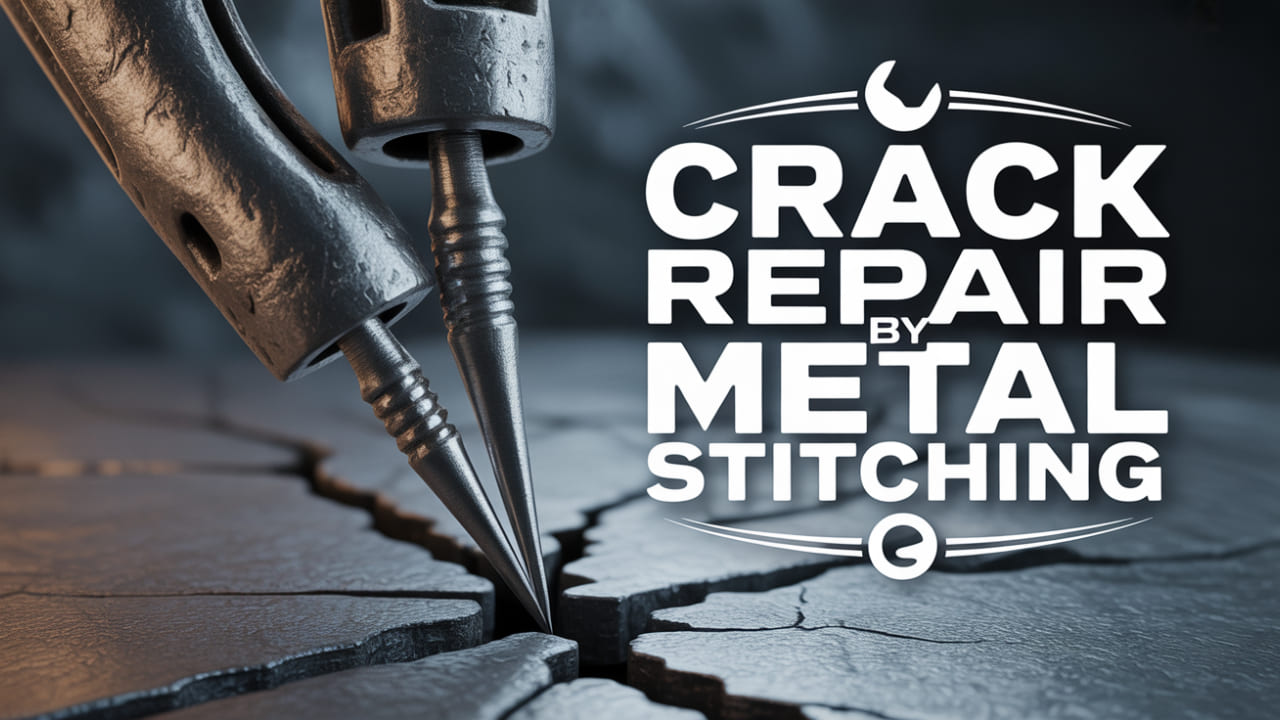
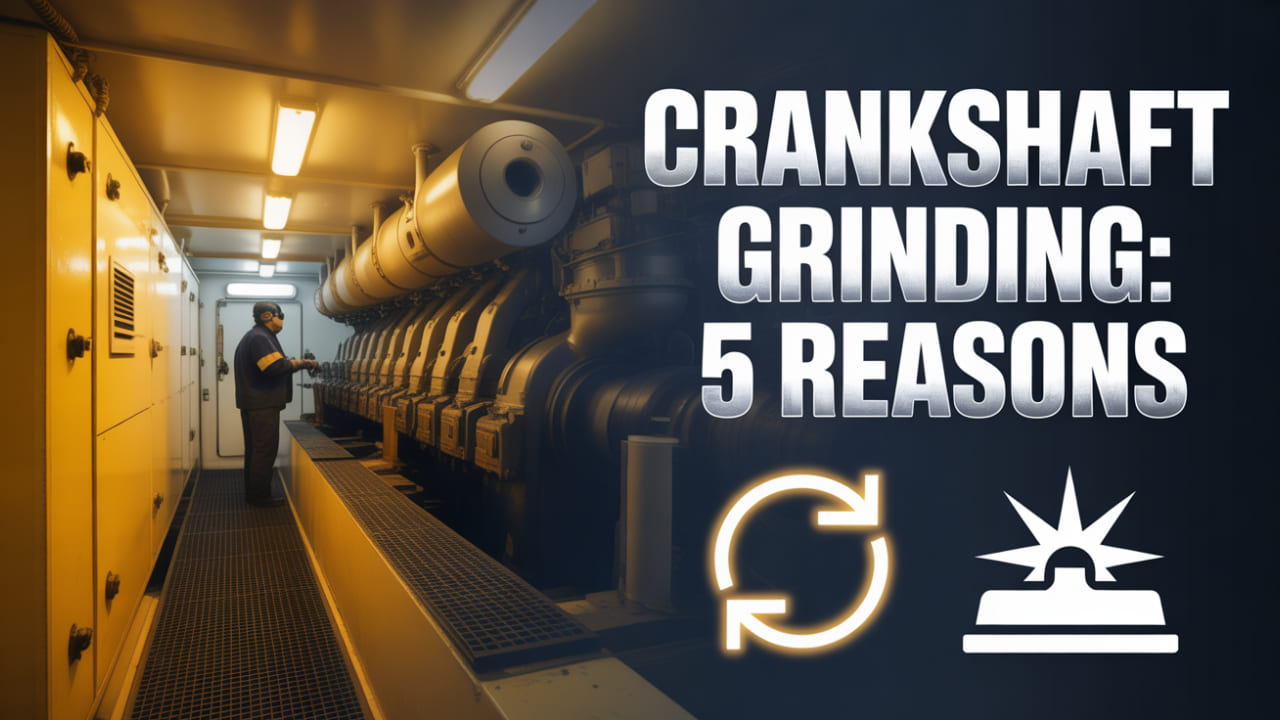
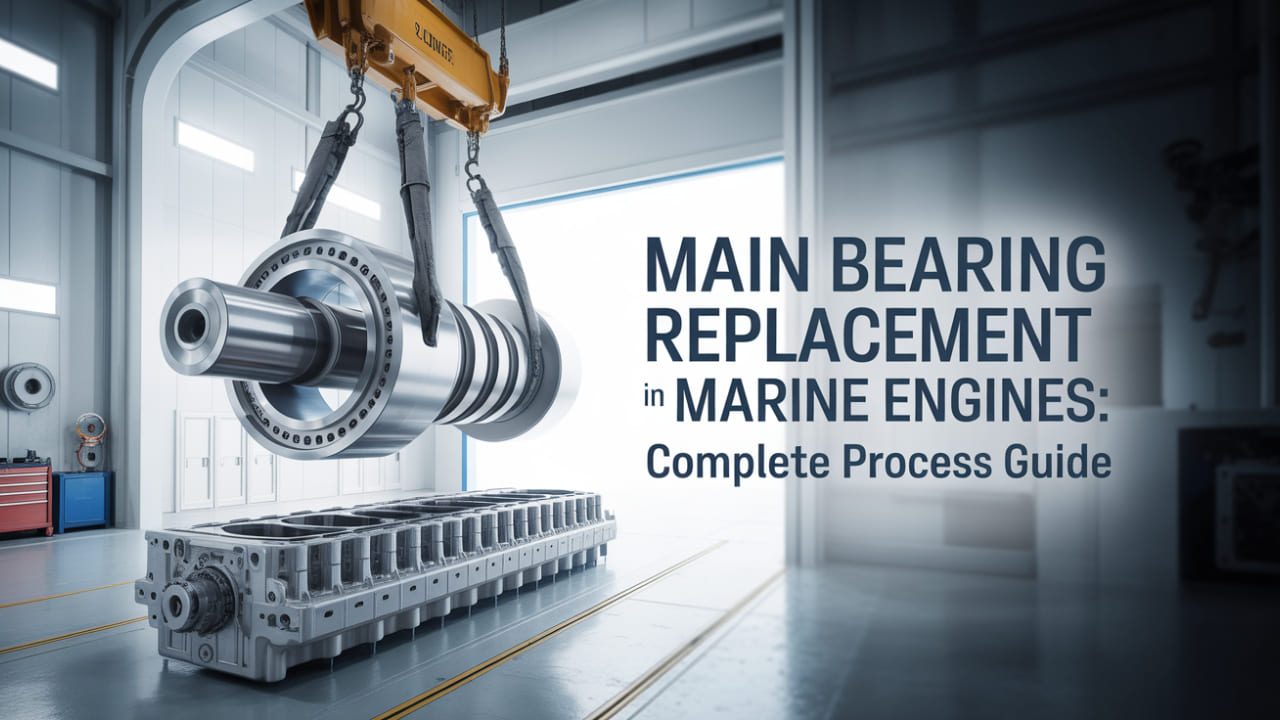
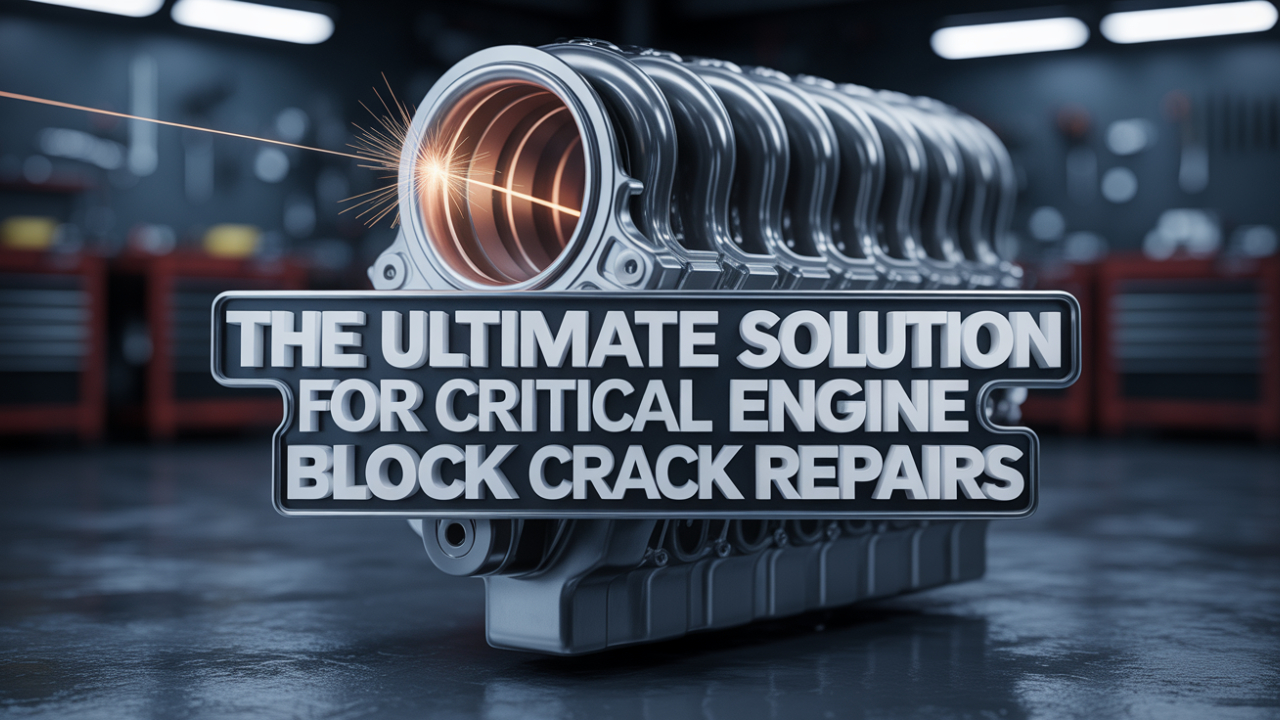
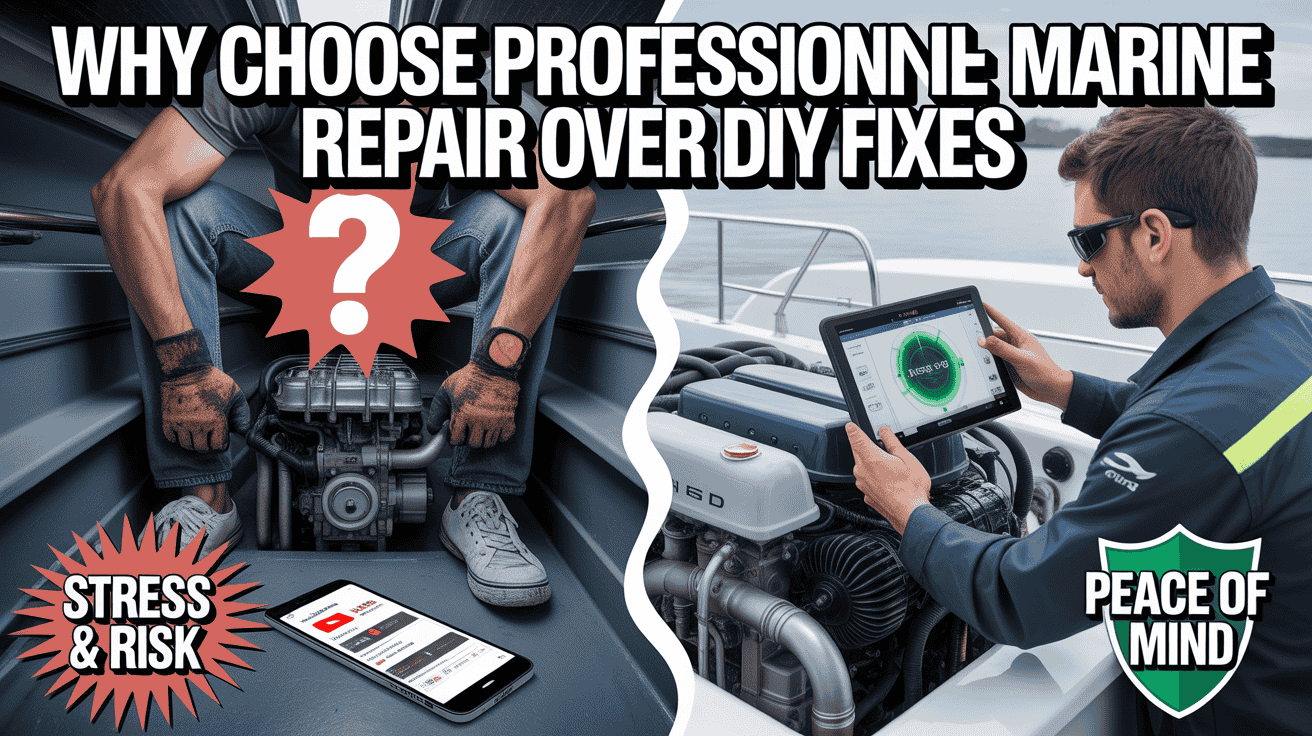
No Comments